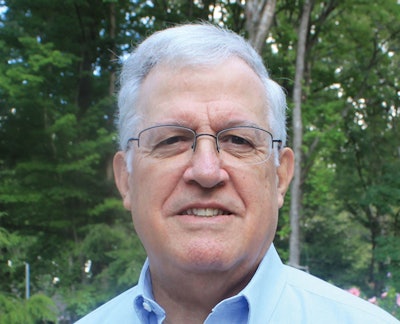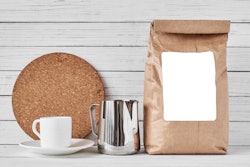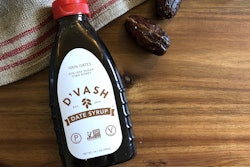
It is a disruptive development with the potential to transform packaging’s current production, distribution, use, and afterlife norms.
But it needs more support and participation if it is to reach its potential.
And with Loop’s underlying goal of reducing/eliminating plastic packaging waste, several questions suggest themselves:
• Could a returnable/reusable platform be economically viable for both business and consumers?
• What impact could a returnable/reusable packaging commerce platform have on packaging waste–particularly plastic packaging waste?
• Will the Loop platform mean shorter runs, more artisanal designs, and formats and materials that impede automation? Might those conditions stimulate a surge in contract manufacturing and private label packaging, already increasingly popular?
• If needed, could blockchain be harnessed to monitor Loop’s popularity among consumers or its effectiveness in achieving its waste remediation goals?
• What investments will packagers make for packaging made from waste?
• Will consumers whose parents rejected cloth diaper services, front porch delivery of milk, and returnable soft drink bottles go for communal ice cream cans?
Market savvy people who’ve thought about these questions think a buy-the-product, borrow-the-packaging model such as Loop has merit and are intrigued enough by the idea to market test it later this year.
Loop includes ideas that have the potential to resculpt the contours of the today’s packaging landscape, but we will need a lot more than two-dozen packagers to move packaging from its one-way model to a circular one. Two obvious omissions in the lineup of Loop supporters to date are a.) a broad swath of consumers (because most consumers haven’t heard about the idea yet) and b.) packaging suppliers—materials converters, container manufacturers and machinery makers (who’re waiting to determine the business merit of the notion). Packaging machinery makers will continue to develop and build what their customers specify. When packagers demand more returnable/refillable packaging systems, machinery manufacturers will satisfy those demands.
Loop’s growth will depend on how many other CPGs decide to follow the lead of the Loop 24 and how many consumers prefer the returnable/reusable packaging model to the one they enjoy now.
The idea behind the Loop product packaging and distribution model is to sell only the products—not the containers that hold them—to consumers. Consumers would, in effect, lease the robust Loop packages, returning them once emptied in protective totes that UPS would transport to and from customers.
Containers certainly could be made to withstand 50+ trips between packaged goods producers and consumers, an ambitious Loop target. Returnable glass soft drink bottles were designed to make up to 75 trips in the first half of the last century. By the 1970s when they failed to go back and forth more than a handful of times in big cities, they were replaced by NRs (non-returnables).
Initially, Loop is envisioned as an e-commerce model. If it flies, the fledgling notion eventually aims to replace disposable, single-trip packages with a more durable cadre of multi-trip containers made of stainless steel, glass, engineered plastics, and other robust materials that can be fashioned into containers built to circulate at least five and up to 100 times between the products’ producers and consumers. UPS would carry the reusable containers to and from consumers in protective totes.
If the idea fails to take off—that is, if consumers aren’t as enthusiastic about sharing packaging, like library books, with others—Loop could end up producing nothing more than a new specialty packaging business for contract packagers and an odd assortment of container collectibles, including:
• Repackable double-wall steel cans for ice cream;
• Refillable glass and steel table-service cruets for vegetable oil;
• Reloadable and rechargeable household cleanser spray canisters;
• Replenishable vanity and display-shelf flacons.
Whether the children of consumers who dumped cloth diaper services, dairy home delivery, and returnable/refillable glass soft drink bottles will prefer buying products in containers that others have used remains to be seen.
Ben Miyares, Packaging Sherpa, is a packaging market and technology analyst and is president of The Packaging Management Institute, Inc. He can be reached at [email protected].


























